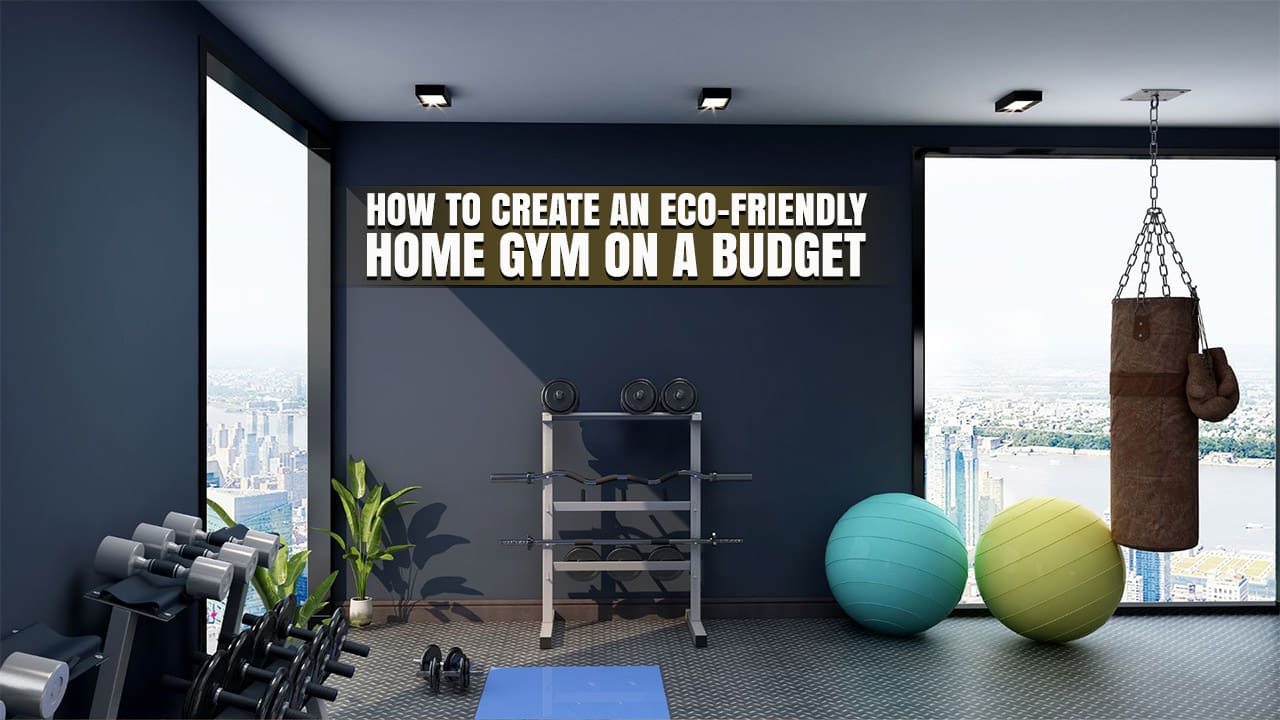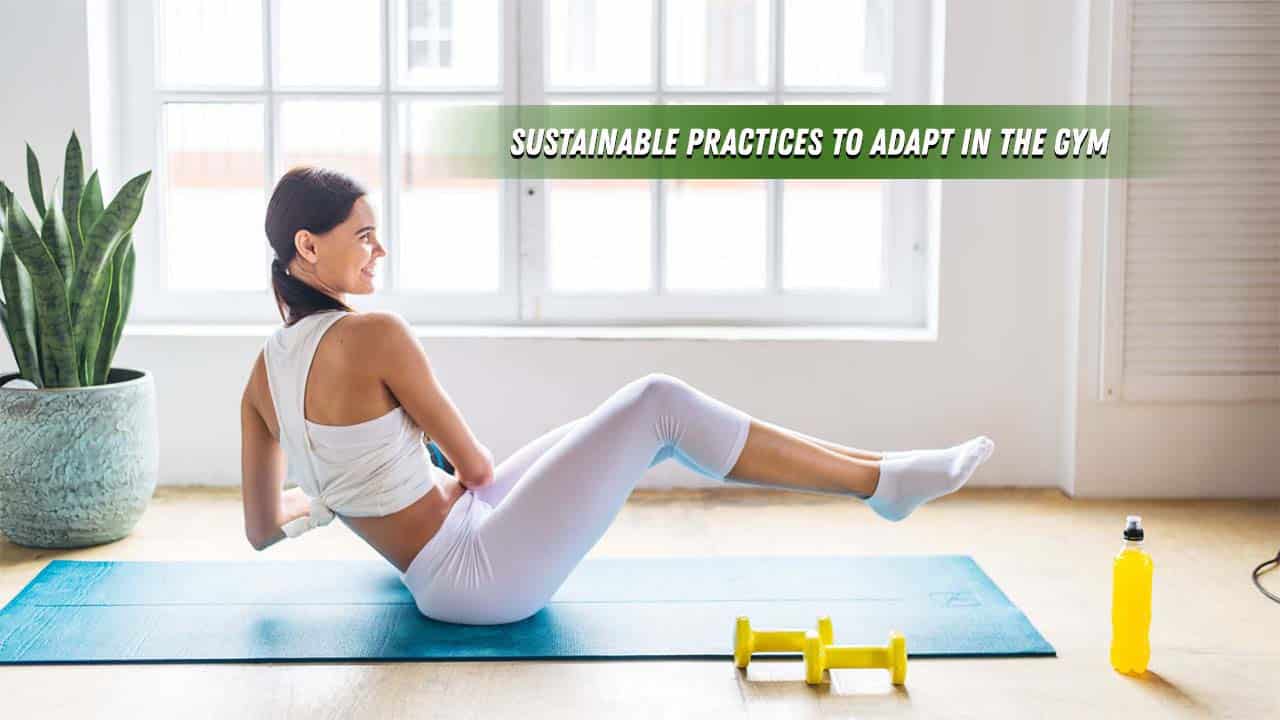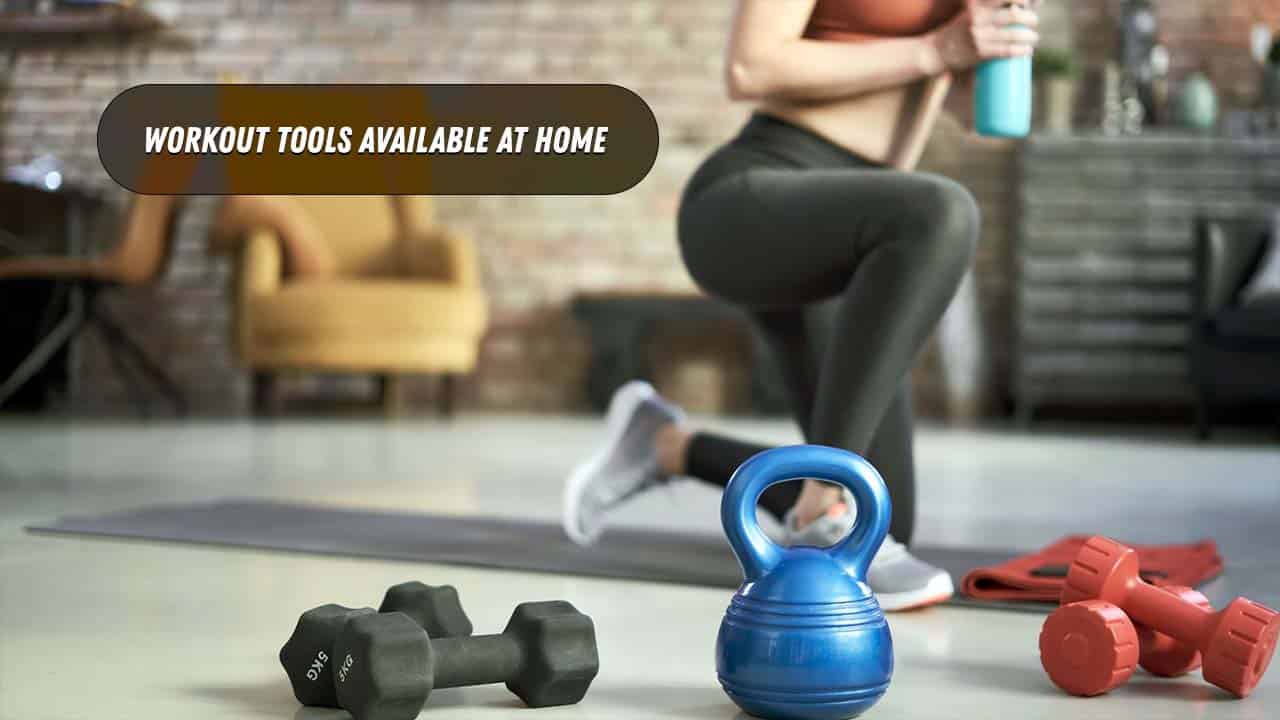Moving towards a healthy and fit life should not put a hole in your pocket; therefore, create an efficient way to form a budget plan as well as a checklist so that there’s no chance to go anything beyond the plan chart.
Transforming your fitness routine doesn’t have to come at the expense of the environment or your wallet. With a few savvy choices, you can create an eco-friendly home gym that’s as kind to the planet as it is to your budget. Ready to get fit and green? Here’s how to create an eco-friendly home gym on a budget.
How to Create an Eco-Friendly Home Gym on a Budget
Your desired green home gym that prioritizes sustainability not only benefits the environment but also enhances your workout experience. By integrating eco-friendly practices and materials, you can design a green gym haven that supports your fitness goals while promoting a healthier planet.
Prioritize Sustainability: Equipment options
Incorporating sustainable practices into your home gym setup is essential for reducing your ecological footprint. From choosing energy-efficient equipment to using eco-friendly flooring options, prioritizing sustainability ensures that your fitness routine contributes positively to the environment.
Bowflex
Bowflex offers versatile and durable workout equipment that helps you reduce the need for multiple machines. Their multi-functional design minimizes material usage and promotes a more sustainable home gym setup.
Cardio Machines
Cardio machines equipped with power-generating attachments allow you to convert your workout into electricity. This feature helps offset energy consumption, making your exercise routine more eco-friendly.
Kettlebells
Kettlebells are compact and long-lasting, providing a durable workout option that doesn’t rely on electricity. Their simple design ensures minimal environmental impact while offering versatile exercise possibilities.
Barbells
Barbells are a staple in any gym, known for their durability and long lifespan. They are an environmentally friendly choice, as they don’t require power and can last for years with proper care.
TRX
TRX suspension trainers are lightweight, portable, and made from durable materials. They provide a comprehensive workout using minimal resources and space, promoting a more sustainable exercise routine.
Treadmills
Self-powered treadmills operate without electricity, relying on your movement to function. This makes them an energy-efficient option that reduces your carbon footprint while providing an effective cardio workout.
Water Rower
Water Rowers use water resistance for a smooth and natural rowing experience. Made from sustainable materials, they are a green alternative to traditional rowing machines, promoting eco-conscious fitness.
Dumbbells
Weight-adjustable dumbbells save space and resources by eliminating the need for multiple sets of weights. Their efficient design makes them an environmentally friendly choice for strength training.
Recycled Rubber Mats
Recycled rubber mats are made from repurposed materials, providing a sustainable and durable flooring option. They offer excellent shock absorption and are ideal for high-impact workouts.
Cork Flooring
Cork is a renewable resource that provides a comfortable and eco-friendly surface for your home gym. It is naturally resistant to mold and mildew, making it a healthy choice for indoor spaces.
Interlocking Foam Tiles
These tiles protect your floors and provide a stable surface for workouts. easy to replace individually, reducing waste and maintenance costs.
Thermoplastic Elastomer (TPE) Flooring
TPE is a PVC-free, phthalate-free material that is 100% recyclable and biodegradable. It is becoming increasingly popular in workout gear due to its eco-friendly properties.
Non-Toxic Yoga Mats
Traditional yoga mats can be made from harmful materials like PVC. Invest in mats made from sustainable materials such as cork, certified organic cotton, hemp, or recycled content like wetsuits. These options are non-toxic and better for the environment.
Necessary Sustainable Tools
You don’t always need fancy equipment to get a good workout. Here are some household items that can be repurposed for exercise:
- Water Bottles: Use filled water bottles as makeshift dumbbells for light weightlifting.
- Chairs: Chairs are great for triceps dips, step-ups, and seated exercises like Russian twists.
- Towels: Towels can be used for resistance training, such as towel rows, or as sliders for core exercises.
- Backpacks: Fill a backpack with books or other heavy items and use it for weighted squats or lunges.
- Milk Jugs: Filled milk jugs can act as kettlebells for swings and deadlifts.
- Stairs: Use stairs for cardio by running up and down them or for step-up exercises.
The Great Outdoors
Taking your workout outside offers numerous benefits for both your budget and the environment. Not to forget, outdoor workouts reduce the need for electricity-consuming equipment and gym facilities, lowering your carbon footprint, offering sustainability at its best.
- Free Exercise: Outdoor workouts like running, hiking, or biking are cost-free and utilize natural terrains.
- Natural Resistance: Use benches for step-ups, trees for resistance bands, or playground equipment for pull-ups.
- Fresh Air and Sunshine: Exercising outdoors boosts your mood and vitamin D levels, providing health benefits beyond physical fitness.
- Versatility: Nature offers varied terrains and obstacles that can enhance your workout, from hills for sprints to logs for balance exercises.
Sustainable Practices to Adapt in the Gym
Incorporating sustainable practices in your home gym is crucial in order to reduce your environmental impact while maintaining a healthy lifestyle. By adopting eco-friendly habits, such as recycling, minimizing water and plastic use, and using green cleaning products, you can significantly lower your carbon footprint.
Sustainable practices not only help conserve natural resources and reduce waste but also create a healthier workout environment.
Recycling:
Set up a recycling system in your home gym to manage waste efficiently. Use separate bins for recyclable materials like paper, plastic, and metal. This simple step helps reduce the amount of waste going to landfills and promotes the reuse of materials.
Reduce water waste:
To minimize water waste, consider installing low-flow faucets and showerheads if your home gym has a bathroom. Be mindful of water usage and fix any leaks promptly. Encourage household members to take shorter showers and turn off taps when not in use.
Reduce plastic use:
Cut down on plastic use by choosing reusable water bottles and containers instead of single-use plastics. When purchasing new equipment or accessories, opt for items that come with minimal or eco-friendly packaging. Look for sustainable materials in gym gear.
Temperature Control:
Maintain an energy-efficient temperature in your home gym by using programmable thermostats. Set the thermostat to a comfortable level only during workout times and reduce heating or cooling when the space is not in use. Proper insulation and the use of fans can also help manage temperatures efficiently.
Reduce the Use of Paper:
Go paperless to minimize paper usage in your home gym. Use digital platforms for tracking workout plans, schedules, and progress. Utilize apps and online resources instead of printed materials for fitness guides and routines. If you need to print, use recycled paper and print double-sided whenever possible.
Green Cleaning Practices:
Adopt eco-friendly cleaning habits by using natural and non-toxic cleaning products. These products are better for the environment and your health. Regularly clean your equipment and space with reusable cleaning cloths and mops instead of disposable ones, ensuring a hygienic and sustainable home gym environment.
Takeaways
Creating an eco-friendly home gym on a budget is all about thoughtful planning and sustainable choices, you know about that well enough now!
By setting a clear budget, designing a sustainable workout space, and incorporating green practices, you can build a gym that’s both cost-effective and environmentally conscious. Remember, every small step you take towards sustainability counts. So, enjoy your new green gym haven, stay fit, and know that you’re making a positive impact on the planet!
References:
https://www.exercise.com/grow/how-to-create-an-envronmentally-friendly-gym/
https://elemental.green/sustainable-home-gyms-how-to-set-up-your-own/
https://www.cnet.com/health/fitness/how-to-build-an-at-home-gym-on-a-budget/#google_vignette
https://powerfitandsports.com.au/blogs/sports-fitness/how-to-build-a-home-gym-on-a-budget
https://agrocomposites.com/blogs/our-blogs/ultimate-guide-budget-home-gym
https://www.glofox.com/blog/10-ways-to-create-an-environmentally-friendly-gym/
https://www.gymmarine.com/product-news/sustainable-gym-equipment/
https://greenbusinessbureau.com/blog/sustainable-and-eco-friendly-gym-equipment/






































